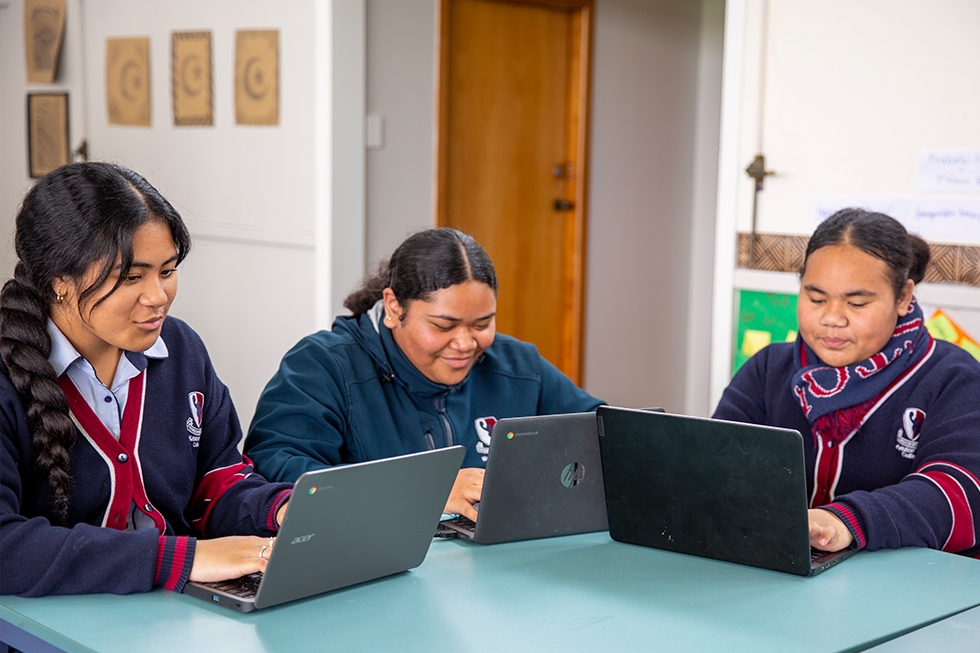Keeping your school or kura secure online may seem like a complex task and we understand that frequent media reports of cyber criminals getting more and more sophisticated can feel overwhelming.
There are many different types of online risk and threats schools and ākonga are facing. And while there are no 100% guarantees, sticking to some simple rules can make all the difference. Together we can all do our bit so you can focus on teaching and provide ākonga with a safe learning environment.
How we’re supporting you
Our Security team proactively monitors the network and will let you know if we discover cybersecurity risks or issues at your school. We’ll provide expert guidance on what you need to do to reduce the risk of any identified threats and vulnerabilities, and support you to identify and remediate cybersecurity incidents. One of our latest initiatives is the launch of a new Email Protection solution (provided by Proofpoint, a global leader in email security) for all schools and kura.
Steps you can take
It’s important that the role of cybersecurity in keeping your school safe stays top of mind for you. This could include ensuring that the recommended settings for Safe & Secure Internet (which includes SafeSearch) are enabled for your school. Follow CERT NZ’s advice and make security software available for your staff – you have access to funded software including Microsoft Defender for Endpoint (anti-virus) protection. It’s also a good idea to have cyber insurance (available through the Ministry of Education’s Risk Management Scheme) and to have an incident response plan. And last but not least, think about ideas on how you could promote digital citizenship and digital inclusion in your school.
User’s responsibilities
Your staff and students play an important part in keeping your school safe by staying vigilant and creating some good practice habits. These include using strong and unique passwords and turning on two-factor authentication (2FA). Additionally, users should always install software updates (or set to automatic updates) which help to protect their devices.
To keep these practices top of mind, feel free to share these user tips with them.
For more information check out the Ministry of Education and CERT NZ resources.

